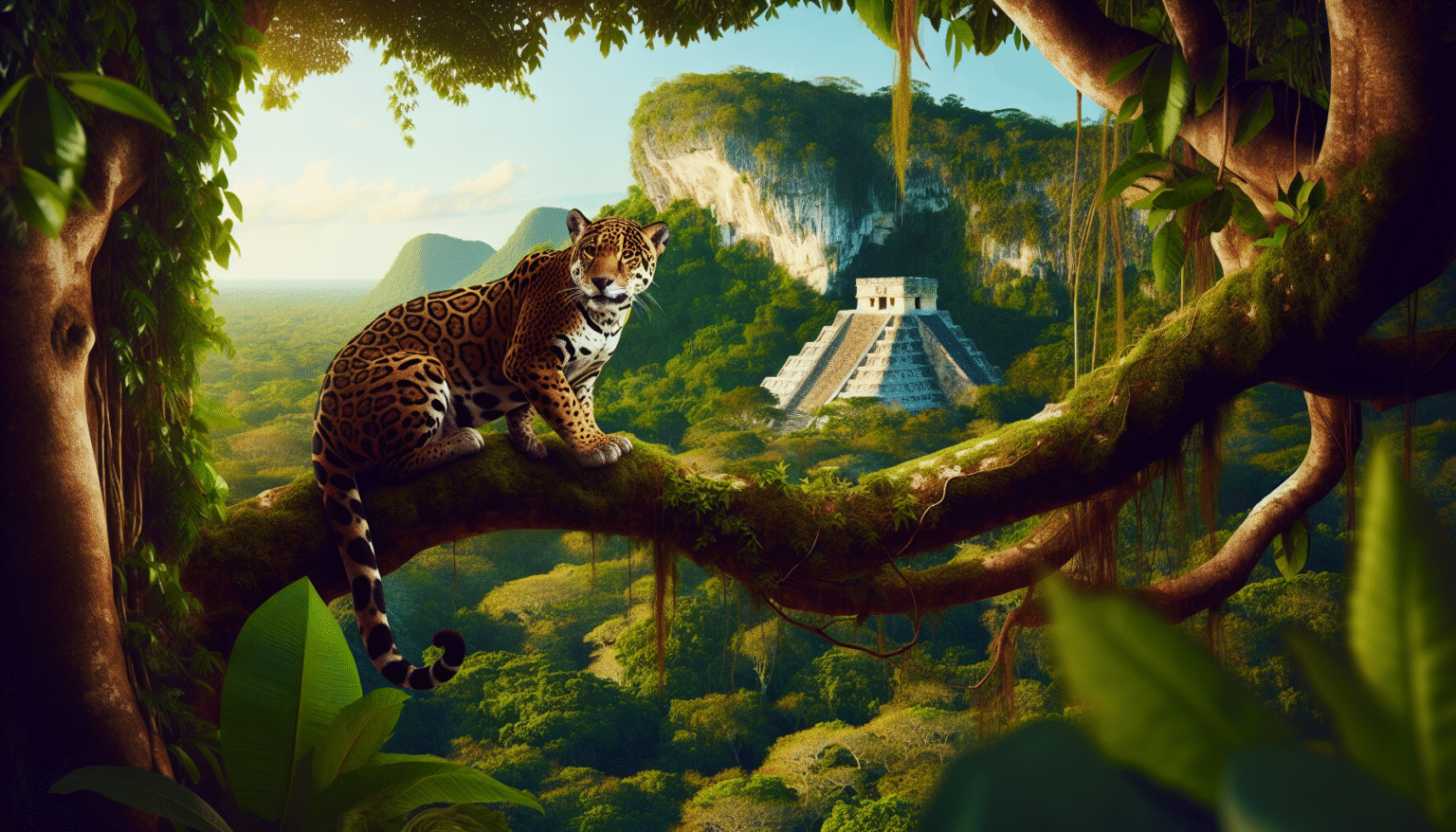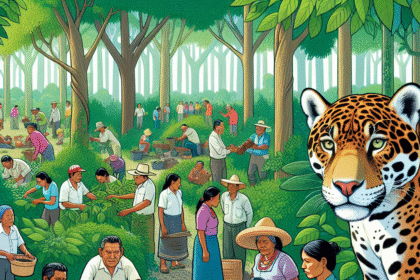Jaguars Reborn: Rehabilitation Success Stories from Tulum
Understanding the Jaguar’s Significance in Tulum
The jaguar, a magnificent and powerful creature, holds immense cultural significance for the Maya civilization and the entire Mexican ecosystem. Known as “el jaguar” in Spanish, these apex predators symbolize strength, skill, and resilience. However, over the years, habitat destruction, poaching, and human encroachment have diminished their populations drastically, leading to an urgent need for conservation efforts. Tulum, with its lush jungles, wetlands, and proximity to the Caribbean coast, has emerged as a critical area for jaguar rehabilitation.
Key Players in Jaguar Rehabilitation
Several organizations and local initiatives focus on the rehabilitation and conservation of jaguars in Tulum. The Mexican Fund for the Conservation of Nature, in collaboration with national parks and wildlife authorities, plays a pivotal role in establishing protected areas and monitoring jaguar populations. Meanwhile, local NGOs like Jaguar Conservation Tulum offer on-ground assistance with rehabilitation projects, public education, and community involvement. Their work not only focuses on individual animal recovery but also on habitat restoration and connecting fragmented ecosystems.
Success Stories of Rehabilitation
One of the most heartening aspects of jaguar rehabilitation in Tulum is the series of success stories that highlight the resilience of these majestic animals. Through comprehensive care, involving both veterinary assistance and behavioral training, jaguars that once faced dire circumstances have successfully returned to the wild, showcasing how rehabilitation efforts can rekindle hope for future generations.
The Story of Maya, the Rescued Jaguar
Maya, a young female jaguar, was rescued from a poacher’s trap after sustaining severe injuries. With a team of dedicated veterinarians and wildlife biologists, Maya underwent surgery to treat her wounds, followed by extensive physical therapy to regain her strength. The rehabilitation center focused on not just her physical recovery but socialization processes that would prepare her for re-entry into a wild environment. After months of care and monitoring, Maya was successfully released into a protected area. Post-release tracking revealed that she adapted well to her habitat, established a territory, and even successfully hunted for herself, marking a triumphant return to the wild.
Panthera Project’s Impact
The Panthera Project, noted for its focus on big cat conservation, has made significant contributions to jaguar rehabilitation in Tulum. Facilitating the assessment of jaguar populations through camera traps and remote monitoring, they ensure comprehensive data collection on movement patterns and social behaviors.
One remarkable case from the Panthera Project involved a jaguar named Xcaret, who had been captured and subsequently released. Following his release, Xcaret was observed using previously established corridors that linked his territory to others, demonstrating the effectiveness of habitat connectivity initiatives. This not only underscores the importance of individual recovery but also reveals how rehabilitated animals can help reinforce genetic diversity across populations.
Community Engagement in Jaguar Conservation
Community engagement is central to the success of jaguar rehabilitation efforts in Tulum. The locals are often the first to encounter these animals, providing an opportunity to educate them about the importance of conservation. Workshops and local outreach programs help residents understand the ecological role of jaguars and foster a sense of stewardship for their environment.
For instance, local women’s cooperatives have taken an active role in creating eco-friendly products that highlight the beauty of the jaguar. This promotes awareness and generates income, encouraging community members to view the jaguar as a valuable part of their ecosystem rather than a threat.
Ecotourism as a Tool for Conservation
Ecotourism has proven to be a dual-benefit strategy in Tulum, promoting jaguar conservation while providing financial incentives to local communities. Interested travelers partake in guided tours that include jaguar tracking expedition experiences designed to raise awareness and support conservation efforts.
These tours allow visitors to witness the beauty of Tulum’s biodiversity while learning about the efforts made for jaguar rehabilitation. Revenues generated are funneled back into conservation projects, helping create a sustainable framework for local economies that rely heavily on wildlife tourism.
Challenges Ahead for Jaguar Rehabilitation
Despite the notable progress made in jaguar rehabilitation, persistent challenges remain. Habitat destruction due to urban development, deforestation for agriculture, and illegal wildlife trade present constant threats. Ongoing education and advocacy are essential for maintaining the momentum of success stories like Maya and Xcaret.
Additionally, maintaining genetic diversity among jaguar populations is crucial. The fragmentation of habitats can lead to inbreeding, which jeopardizes the long-term health and adaptability of the species. Therefore, establishing wildlife corridors and conservation areas is necessary to ensure that these big cats can thrive.
Future Prospects for Jaguars in Tulum
The future of jaguars in Tulum looks optimistic thanks to robust rehabilitation efforts, community engagement, and innovative conservation strategies. Collaborations between local governments, NGOs, and global conservation organizations are paving the way for a brighter tomorrow. Continued focus on education and sustainable practices will be vital in safeguarding these predators for generations to come.
By sharing success stories, the message of conservation resonates widely, inspiring others to join the effort. As the jaguars of Tulum begin to flourish once more, they symbolize the resilience of nature and the commitment of humanity to restore the balance of our ecosystems.







